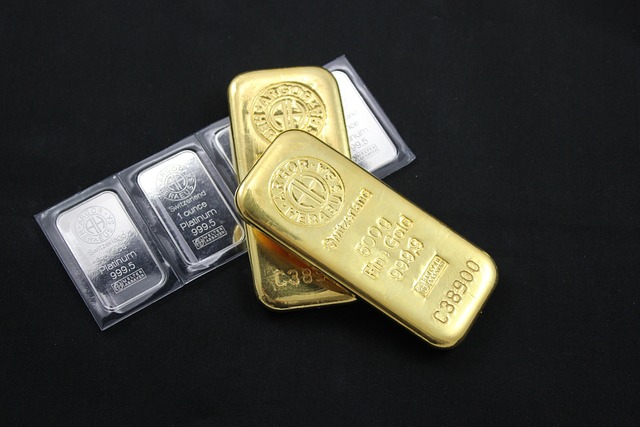I’ve been asked this question quite a bit.
I always enjoy seeing the question resting in the comments of the latest video.
However, instead of directly answering the question. I always refer the individual to sign up for my weekly newsletter.
The Advice Dilemma
There is no way I can answer this question without knowing a great deal more about the actual person asking the question. And I mean a GREAT DEAL MORE.
Actually, in my opinion, it would be tantamount to financial malpractice to just fire off some arbitrary portfolio allocation.
Having said that, I would like to provide some level of direction.
Gold vs Silver in Your Portfolio
How much gold vs. silver you should have in your portfolio is difficult to answer.
I can best guide you with a suggestion to decide on your overall goals (why you are investing in metal in the first place), then allocate based on that goal.
If your goal is stability and a hedge against economic shocks, gold is a great choice and should be weighted more heavily in your allocation.
If you want an asset you can liquidate easily in small amounts with a potential for a higher rate of return, then silver should be a larger percentage of your portfolio.
Some Examples
If you have $100,000 and want to invest 20% into metals, weighted more heavily towards gold, you would be investing $20,000 total into your gold and silver allocation.
An investor who wants an even 50/50 split of gold and silver would put $10,000 into gold and $10,000 into silver.
An investor who wants to hedge against the markets might choose to put 75% into gold and 25% into silver, so their portfolio would be $15,000 into gold and $5,000 into silver.
There is no wrong allocation. There are just tradeoffs, as there are with any investment. How much you put into gold or silver should be based on your financial goals.
Gold and Silver as Savings, not Investment
Gold and silver coins and bars have been used as a method of saving for centuries.
Banks have not always been seen as reliable or safe places to keep money. And one must recognize the risk within the banking system.
Some investors do not view their portfolio in precious metals as an investment but as a savings account. Silver and gold have been media of exchange worldwide for thousands of years.
While some money is held in institutions for everyday expenses, more money is put into silver or gold as a store of value.
For the stacker using gold or silver as a store of value and saving for the future, we recommend following common financial advice that says to have enough cash savings to manage through a crisis.
Usually, the recommendation is to have three to six months’ worth of essential expenses in savings. We feel it is important to have some of that in cash so that you are not forced to liquidate your metals in an emergency, potentially at a loss.
As a rule of thumb, if you keep at least three months of basic expenses in cash, the rest could be safely stored in metals for future use. Remember, whether you believe in the dollar or not, it’s still what we use to purchase goods and services.
Some more to think about
Investors looking for a simple target backed by conventional wisdom can safely assume 15% of their asset allocation going to precious metals is a reasonable target.
Investors who want a more nuanced approach may factor in their age, whether they have maximized contributions to retirement accounts, the yield on other assets, and whether their portfolios are truly diversified.
Asset allocation above 20% makes sense in certain circumstances, but it is a more unusual approach. And finally, if using gold and silver as a store of value, most advisors recommend keeping at least three months of cash on hand, whether in a bank account digitally or physically at home.
We recommend consulting with a one of our trusted advisors before making any large purchases to ensure you make the right decision for yourself and your family.








